Call it crowd-sourcing or curiosity, but American Songwriter recently asked approximately 30 country singers at various stages in their careers about their favorite decade in the genre – and nearly all of them said the ‘90s.
Predictable because, either directly or indirectly, the ‘90s have been the most influential period for decades. And ‘90s country didn’t start in 1990 – its roots are in the infamous class of 1989 with Garth Brooks, Clint Black, Alan Jackson, and Travis Tritt.
Blake Shelton was 16 when he chose a black Takamine cutaway for his first guitar after seeing fellow Oklahoman Garth Brooks play one on TV. Seven-year-old Chris Young bellowed Alan Jackson’s “Don’t Rock the Jukebox” from the aisles of BI-LO in Murfreesboro, Tennessee, so his mother could find him in the store. Dierks Bentley is convinced that Clint Black’s first five songs topped country radio airplay charts because of how often he requested them.
The meteoric rise of Brooks, Jackson, Black, and Tritt changed the face of one of America’s truest art forms, propelling country music to unprecedented commercial success and worldwide popularity. Jackson’s traditionalism, Tritt’s Southern rock swagger, Black’s refined twang, and Brooks’ everyman storytelling combined for a string of hits that would dominate charts for years to follow. At once undeniably modern and deeply rooted in the genre’s past, their distinctive voices and nuanced music showcased country music, proving the genre was more than beer and trucks.
Videos by American Songwriter
The Roots of ’90s Country
“There was definitely a sound that was working in the ‘90s,” John Morgan said.
The Class of 1989 is responsible for 64 No. 1 country hits. Jackson delivered 26 chart-toppers, including “Where Were You (When the World Stopped Turning).” Brooks, who went into semi-retirement from 2001 to 2014, has 20 No. 1 songs to his name, with pop culture crossovers “Friends in Low Places” and “The Dance” among them. The RIAA declared Brooks is the best-selling solo album artist of the century. Black earned 13 No. 1 hits, spanning from 1989’s “Killin’ Time” to 1999’s “When I Said I Do.” Tritt contributed five hits, including singalong ballads “Help Me Hold On” and “Anymore.”
Brooks says the Class of 1989 wouldn’t have been successful if Randy Travis hadn’t sauntered in with his North Carolina baritone and songs that demanded attention. Until then, there were inter-genre disputes about which direction country music was headed – outlaw, soft pop, or traditional.
“Randy Travis saved country music, in my opinion,” Brooks said. “I don’t know of any artist who took a format and turned it 180 (degrees) back to where it came from and made it bigger than it was then. And thank God for guys like Skaggs and Strait who were there to hold the fort down with him.”
As the men were dropping hits – women including Martina McBride, Faith Hill, Pam Tillis, Trisha Yearwood, Reba McEntire, Shania Twain, Mary Chapin Carpenter, Deana Carter, Lorrie Morgan, Patty Loveless, Lee Ann Womack, LeAnn Rimes, and Jo Dee Messina were also busy inspiring the next generation of country singers.
Female Revolution
Lindsay Ell remembers growing up pretending to be Twain. Now, she sometimes plays guitar in her band. Lauren Alaina looks at Yearwood as a big sister, and Miranda Lambert has cited The Chicks, Loveless, and Twain as some of her biggest inspirations. Carly Pearce loves Mary Chapin Carpenter.
“She was a little left of center and wasn’t about glitz and glamour,” Pearce said. “She just had her own little edgy thing, which I think is powerful.”
Their female revolution brought country music to a broader audience through crossover pop elements in some cases and individuality in their artistry.
According to Billboard, female country singers reached peak popularity in 1998 when Twain’s iconic 1997 album Come On Over (the biggest-selling country album by a female artist to date) kept the top spot on the Top Country Albums chart while Rimes’ “How Do I Live” sat at No. 3 on the Billboard Hot 100. McBride’s “A Broken Wing” became her second Hot Country Songs No. 1 and first Hot 100 hit.
Artistic Individuality
The Chicks’ made their major label debut with Wide Open Spaces, and in March of 1998, Hill reemerged with a more pop-leaning “This Kiss,” which earned a spot in Billboard’s Hot 100’s Top 10.
“You had artists that could paint different pictures,” Joe Galante, who was chairman of BMG Nashville, told Billboard. “Those women each had a different style, and together, they made a complete picture of life in general. Each of them took a different path: Shania was the worldwide star, Faith had pop hits, and Martina was the country star. But you needed all of that to have a healthy success ratio across the board.”Tritt contributed five hits, including the sing-along ballads “Help Me Hold On” and “Anymore.”
(Photo by Tim Mosenfelder/Getty Images)

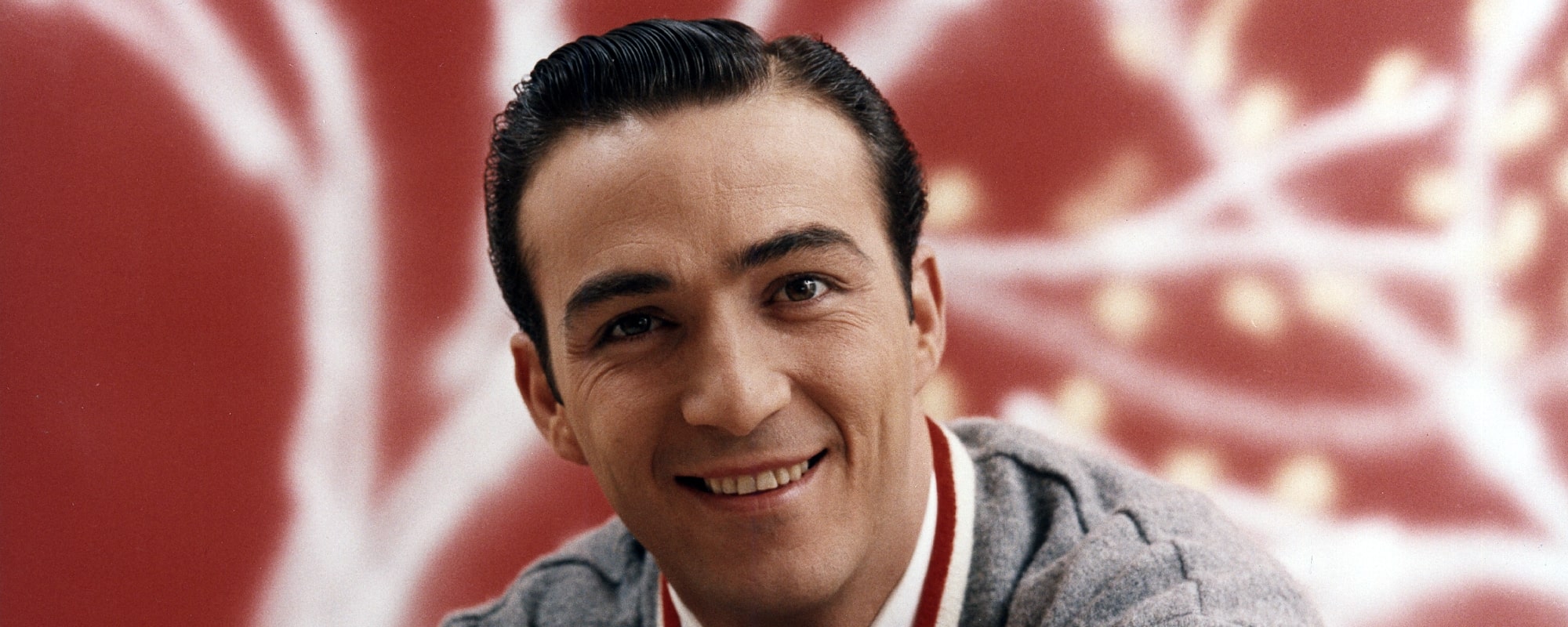


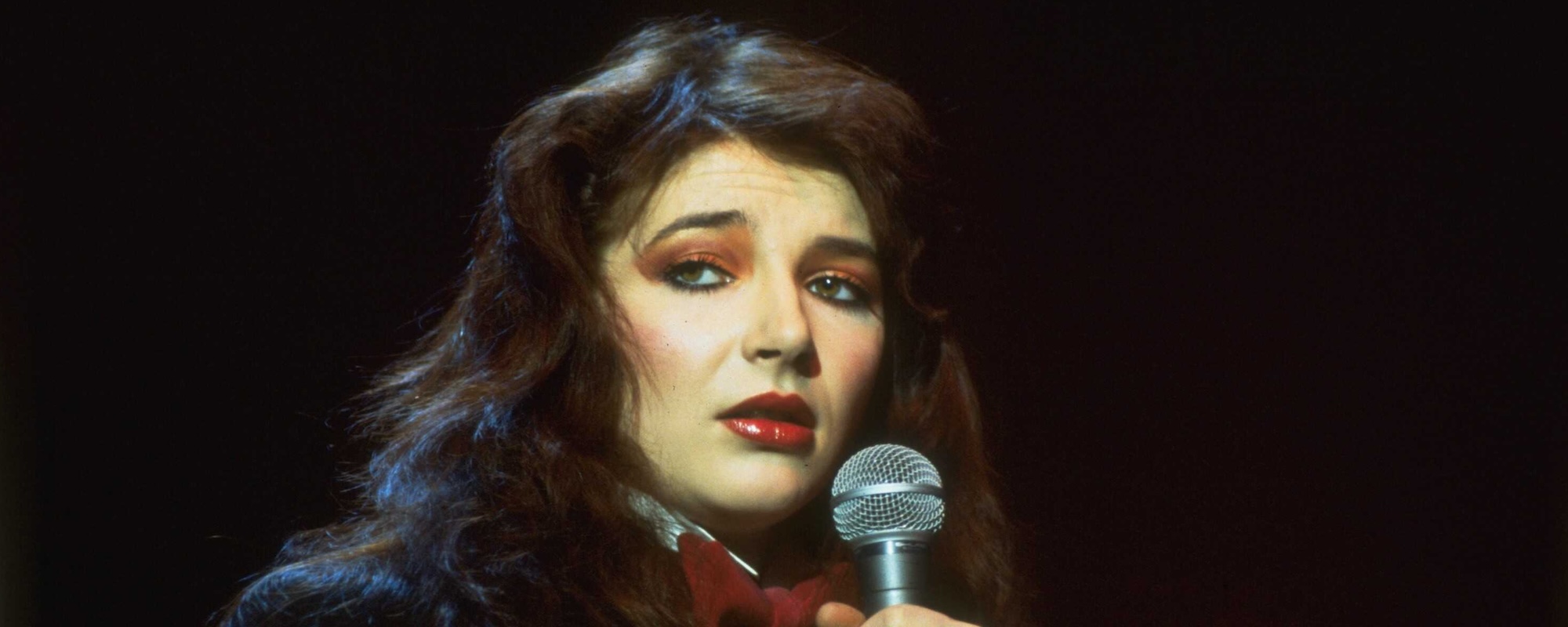
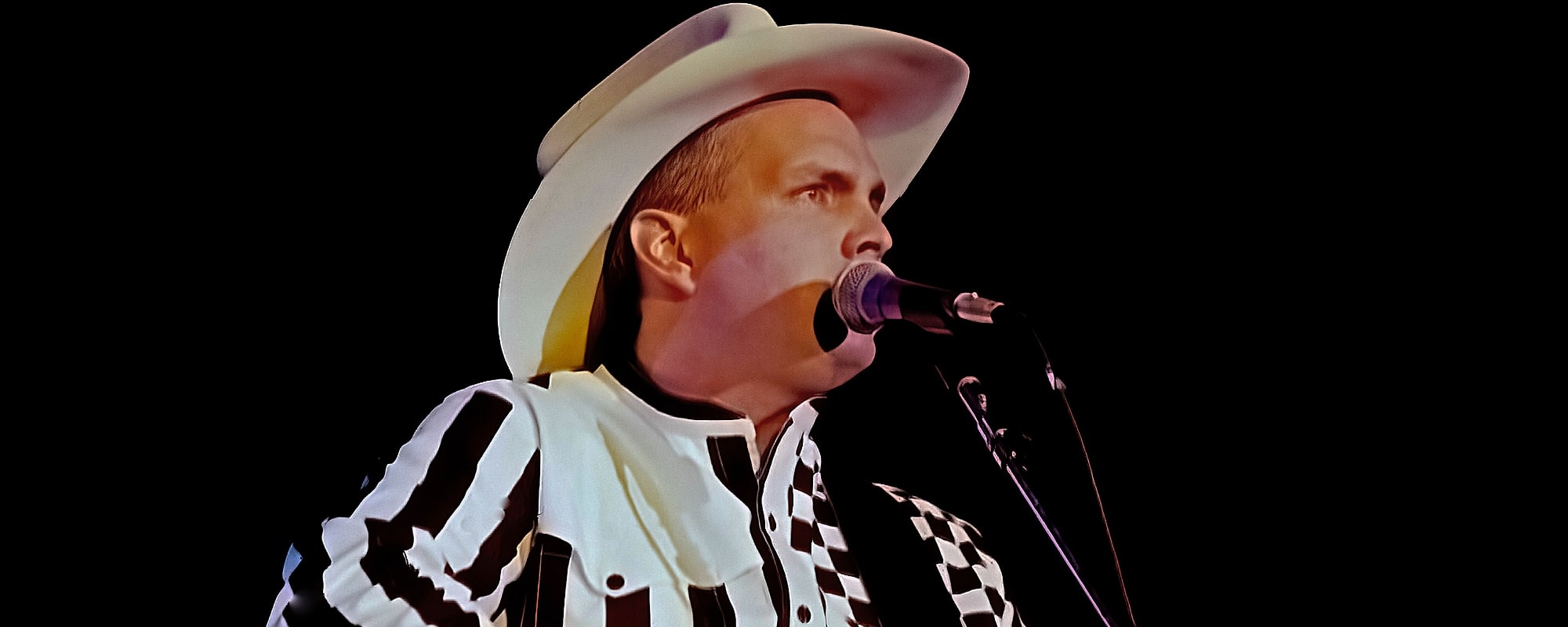
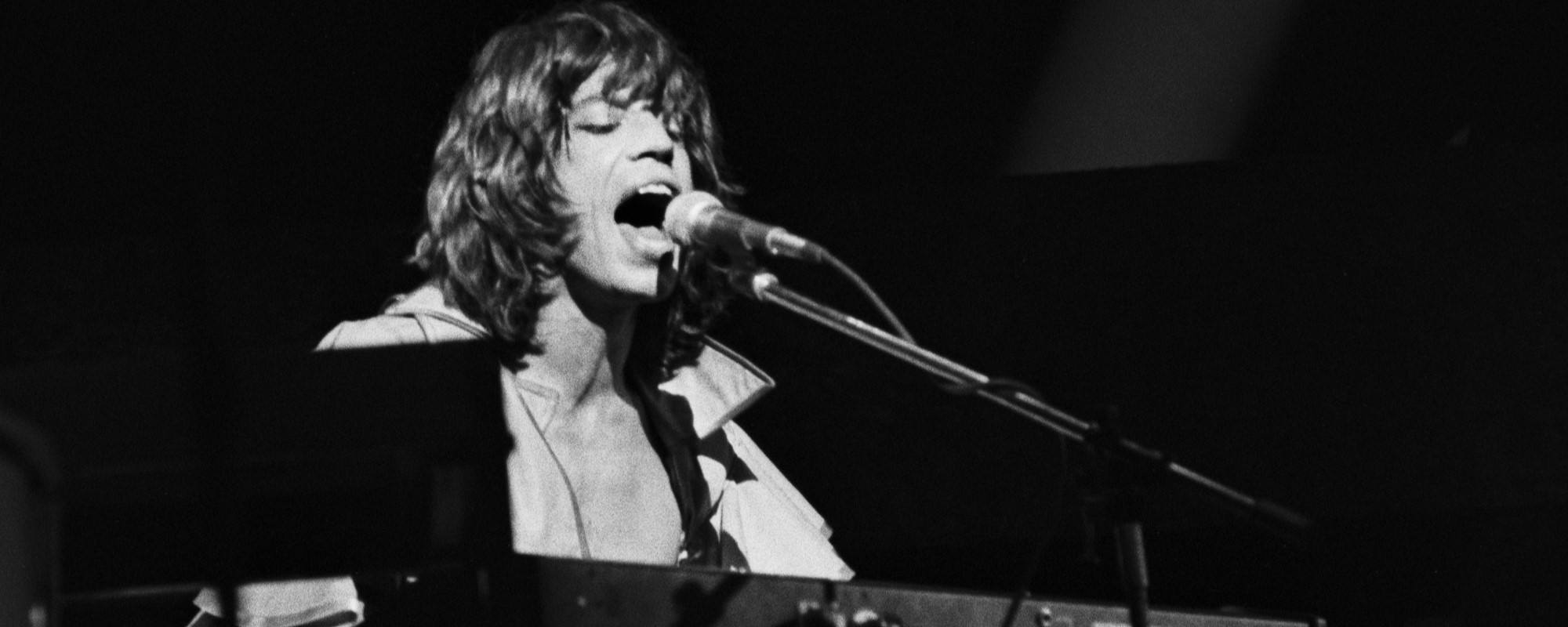
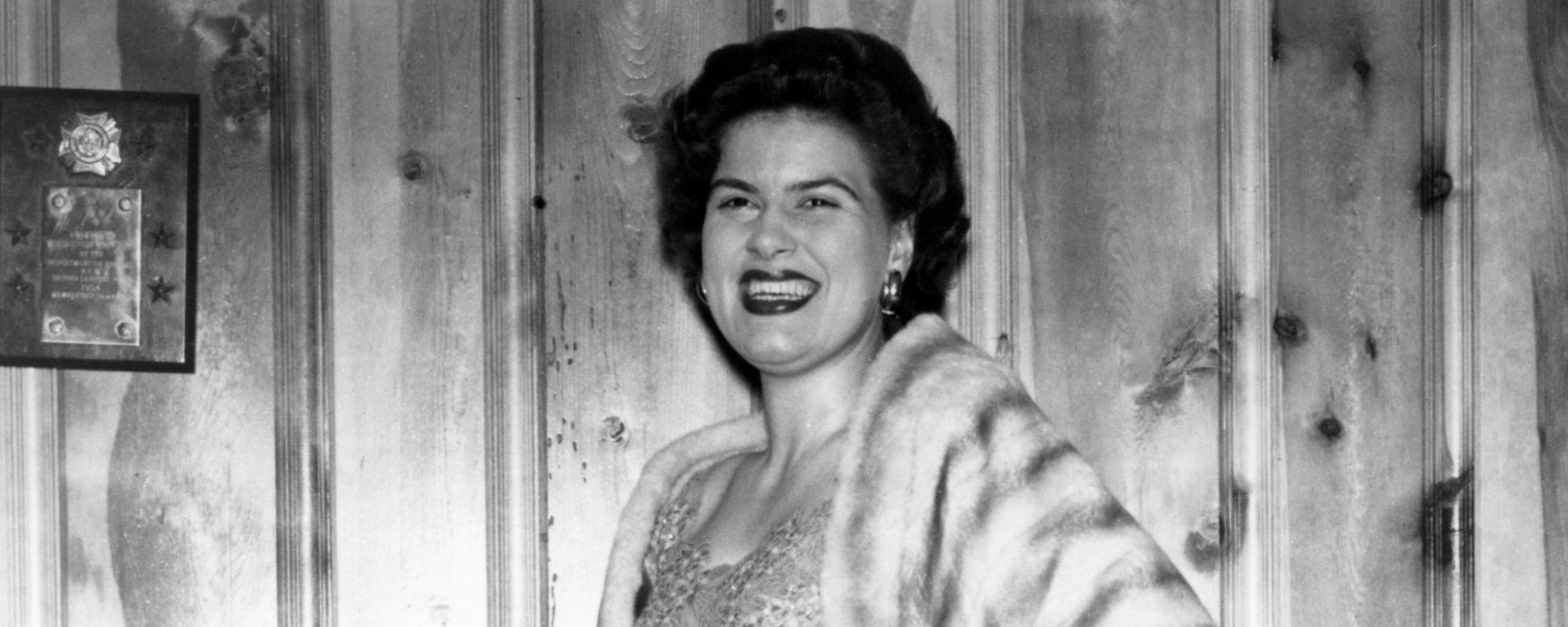
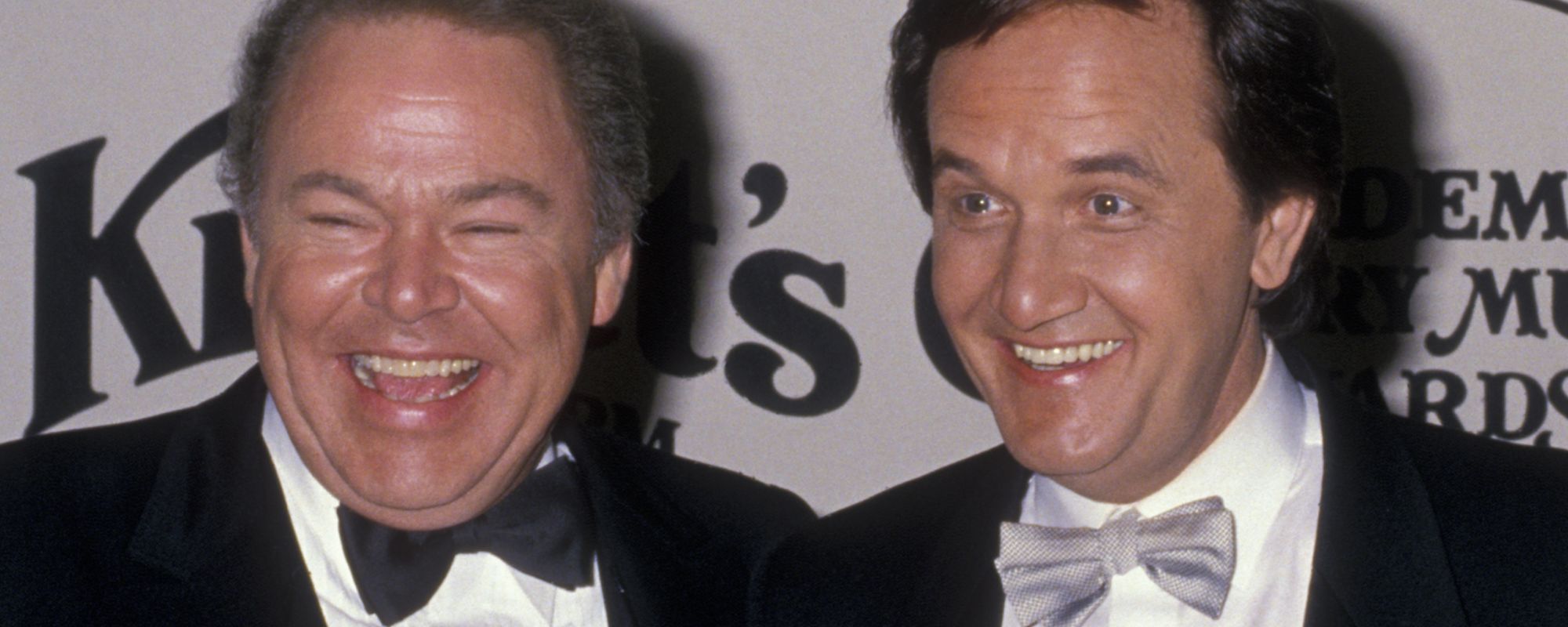
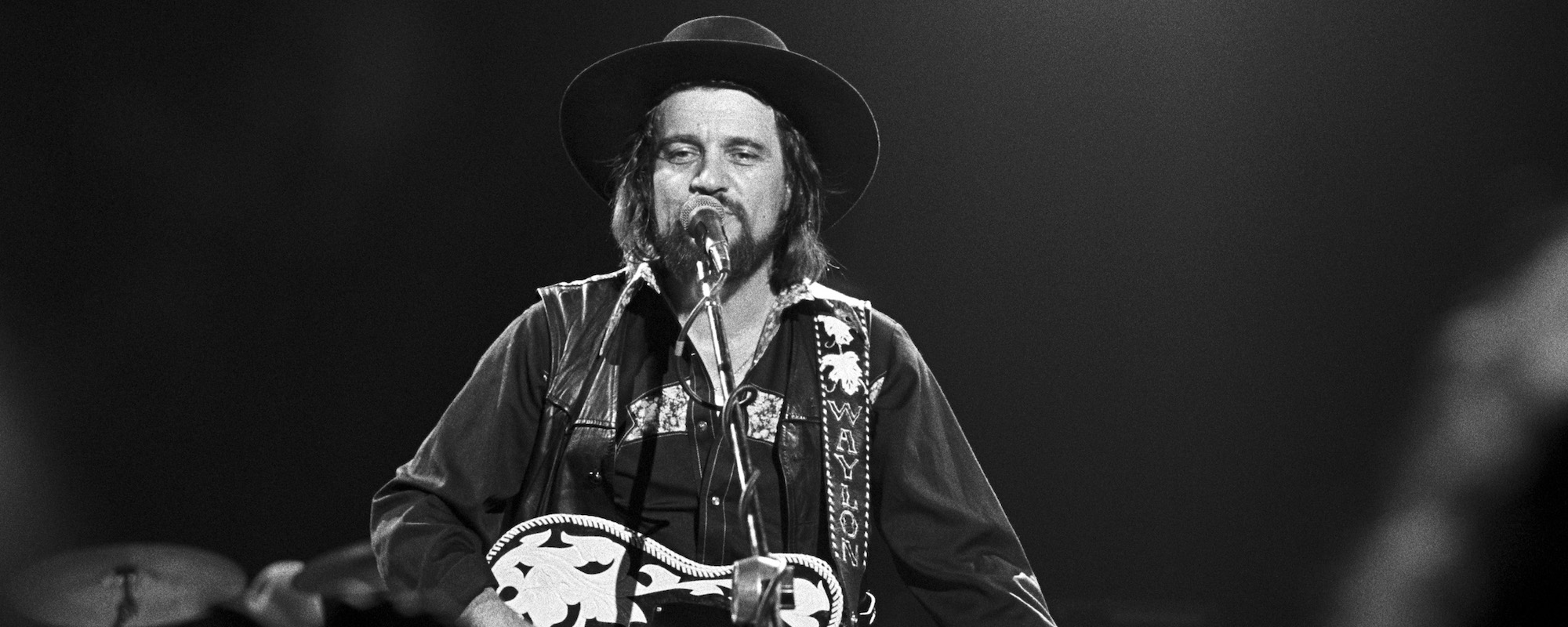
Leave a Reply
Only members can comment. Become a member. Already a member? Log in.